Last Updated on October 5, 2021 by DesignerPeople
![]()
![]()
Whether man-made or not, while getting deeper, each food has some captivating backstories. When it comes to Aussies, it’s a food fact that the native Aussies consume the wood-eating larvae at a time.
No matter it’s Vegemite or chubs, each food is considered a fast-moving consumer good (FMCG). Aussies’ desire for food is world-famous; as the country has a mixture of all kinds of cuisines, people have a lot of choices in all divisions.
Therefore, have you ever think as a food business person, how do you persuade your consumers and acquire them to stick to your product rather than trying their usual favorite foods again.
Food packaging in Australia, especially in Sydney, Melbourne, and Perth, has different standards of packaging when compared to Mackay, Bunbury, etc. As the number of brands in the major such cities is higher, so are the competition. Thus, brands invest more in packaging design and other branding to become the top in their region.
For example, your food packaging is a significant element that first influences your user’s decision-making process in a retail store or supermarket.
![]()
Table of Contents
Questions to ask before you choose the type of packaging
Every people have their own taste and preference in their favorite foods. For example, you might have your favored choice in milk or favorite kind of pasta, and when you splurge some ice cream, you’ve acquired many favorites that you must get into.
But have you ever think what all factors you consider if you try a new type of milk, pasta or ice cream? Taste, aroma, and other benefits, of course, but the food packaging is one of the primary elements in swaying your buying decision.
![]()
However, it is essential to ask yourself some of the fundamental questions while designing your food packaging:
- Who is your target audience?
- How will users consume the food?
- What type of packaging would be appropriate?
- How will your packaging give a feel to your consumers when they get in hand?
- Whether you should visualize the food itself in the packaging?
Though these assessments don’t give an extensive idea of how to create your packaging, they’re the best prospective to start when thinking about your food packaging from scratch.
![]()
Also Read: Branding Package: Branding Guide For Australian Business
![]()
Different types of food packaging in Australia
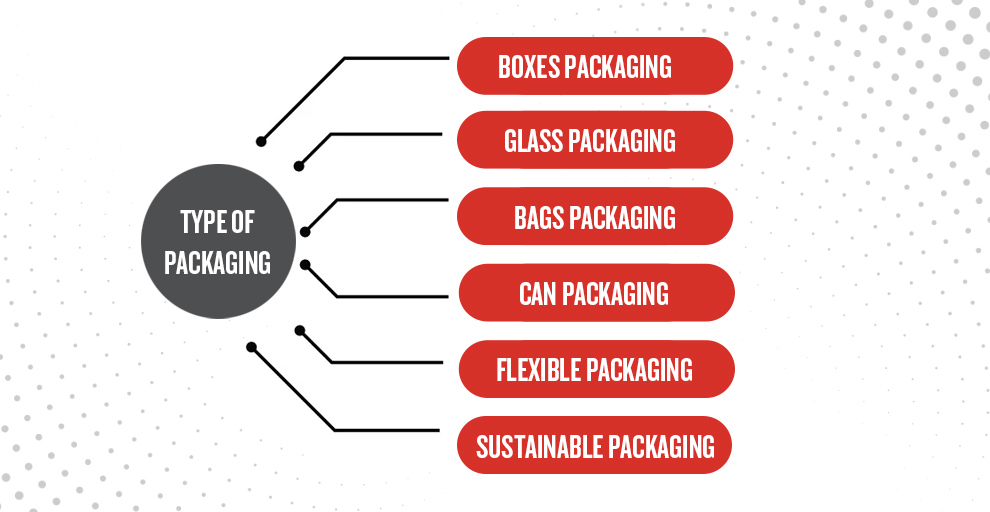
Now let’s discuss some of the packaging that are commonly used in food packaging in Australia:
![]()
![]()
1. Boxes Packaging
Boxes are one of the most common and productive forms of packaging, especially the most convenient form of transportation of a food product. There are different forms of box packaging company’s use in food packaging like paperboard, corrugated, plastic, rigid boxes, etc.
The significant benefit of food packaging is that it can put back the product decadence, hold on to the beneficial effects of processing, extended shelf-life, and increase food quality or safety.
Box of cereals, pizzas, snack crackers and other food items transported in bulk are some of the examples of foods packaged in boxes.

Source: pinterest.com
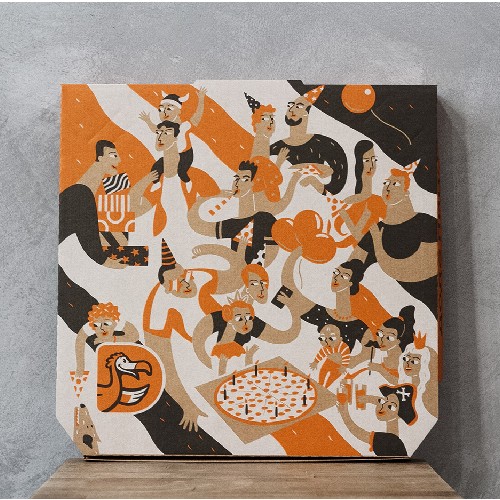
Source: behance.net/gallery/110087357/Global-packaging-2020-2021-for-Dodo-Pizza?
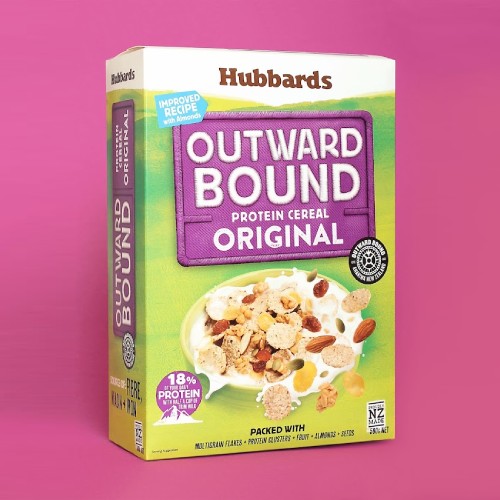
Source: packagingoftheworld.com/2015/06/hubbards-outward-bound.html
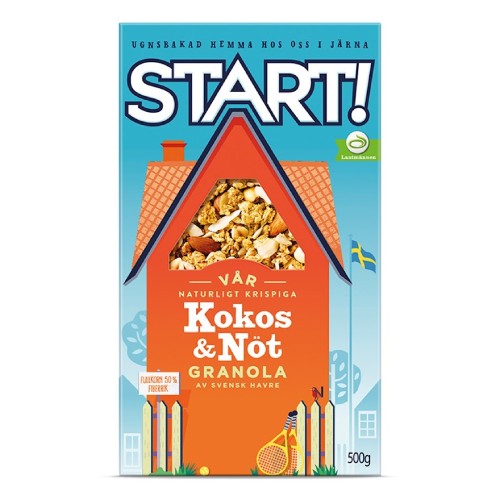
Source: packagingoftheworld.com/2015/07/start-cereal.html
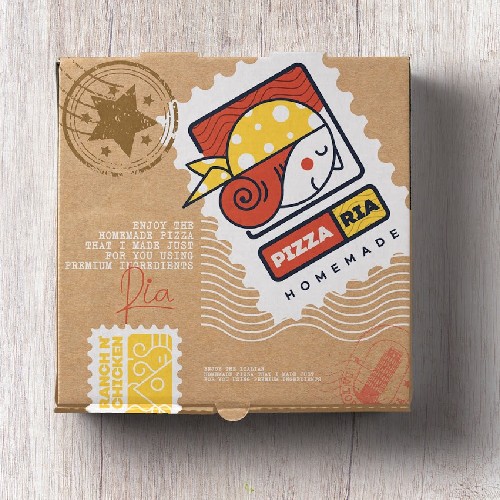
Source: packagingoftheworld.com/2018/07/pizzaria.html
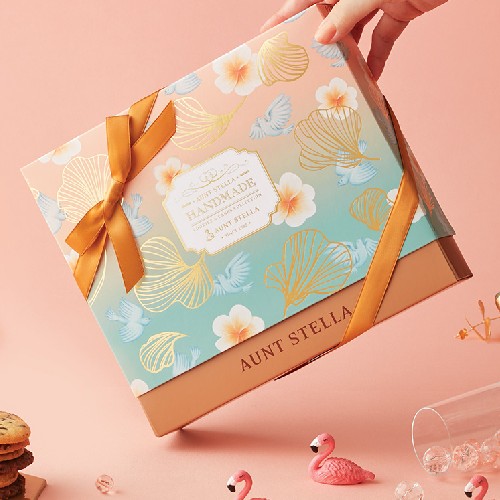
Source: behance.net/gallery/98274041/Stellas-Fantasy-Gift-box?
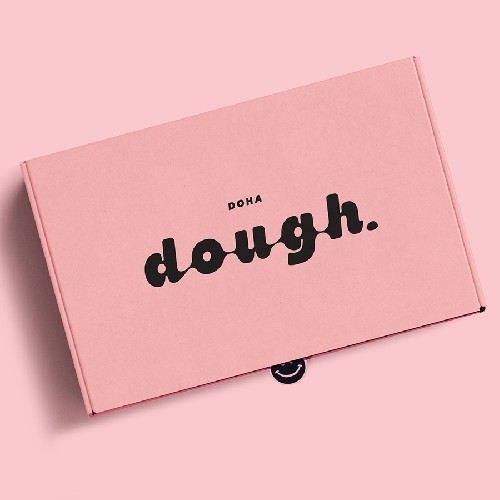
Source: behance.net/gallery/116484581/Dough-Doha-Cookies?
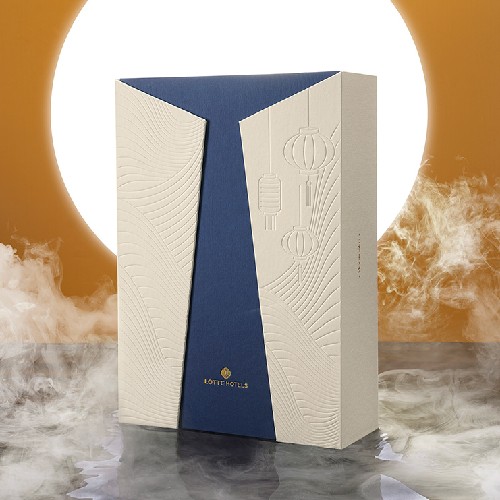
Source: behance.net/gallery/124595739/LOTTE-HOTEL-HANOI-MOONCAKE-PACKAGING-DESIGN-2021?
![]()
![]()
2. Glass Packaging
Glass is intensively favored as a packaging material due to its possessions like recycling reuse and impartial reacting nature. It protects foods and beverages for a long span also keeps them away from contamination.
Glass is effectively dormant and impermeable, making it one of the best of all the packaging materials. Another benefit of glass packaging is that there will be no chance of risk of any of the harmful chemicals present in the foods or drinks that are packed in the glass.
Some of the best examples of glass packaging are prepared baby foods, dairy products, processed fruits, sugar preserves, condiments, or beverages like water, beers, spirits, etc.
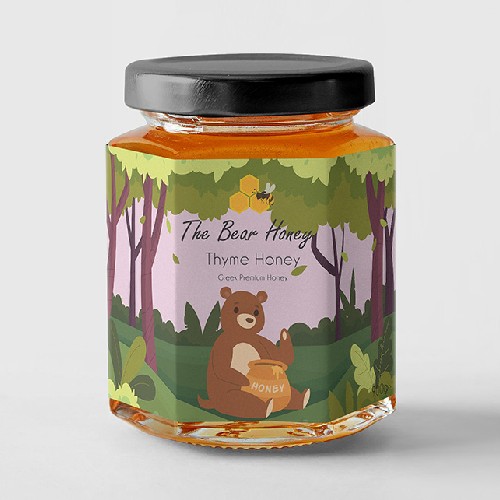
Source: packagingoftheworld.com/2021/09/the-bear-honey.html
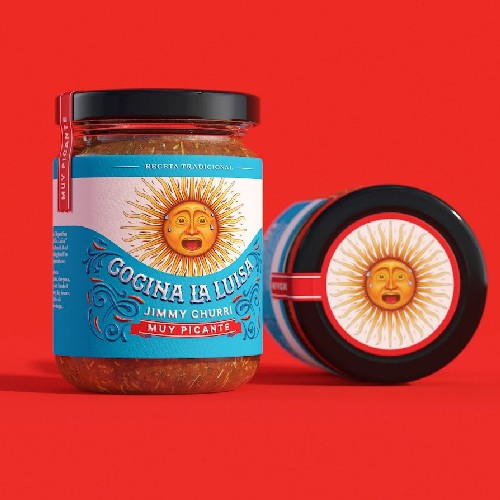
Source: packagingoftheworld.com/2021/09/cocina-la-luisa-jimmy-churri.html
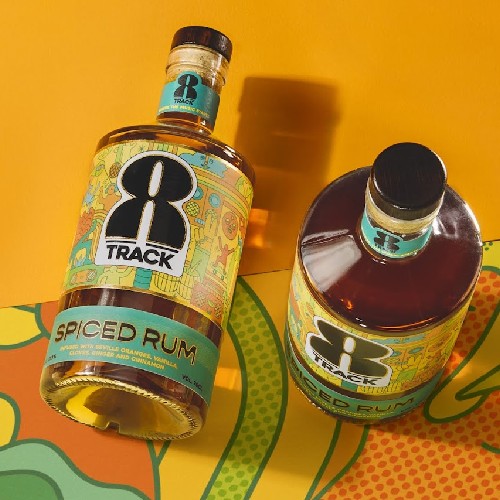
Source: packagingoftheworld.com/2021/08/8track.html
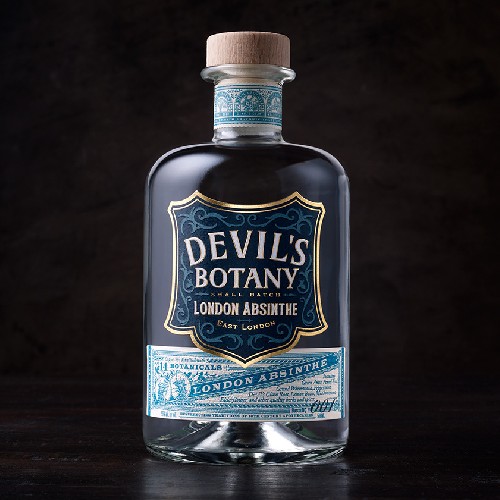
Source: behance.net/gallery/117604147/Devils-Botany?
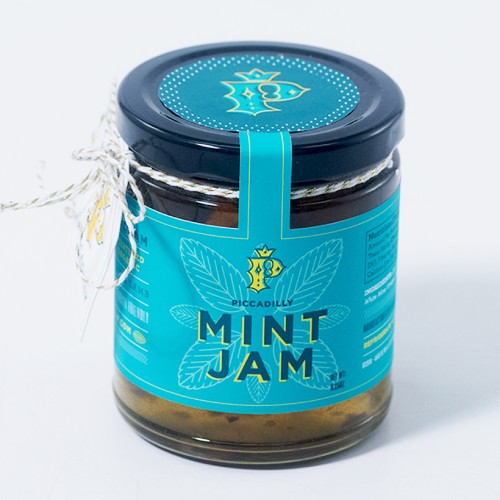
Source: packagingoftheworld.com/2020/02/piccadilly-condiments-comestibles.html
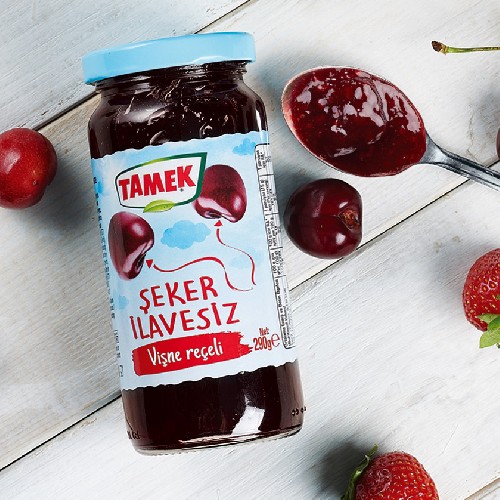
Source: packagingoftheworld.com/2017/06/tamek-seker-ilavesiz-jam.html
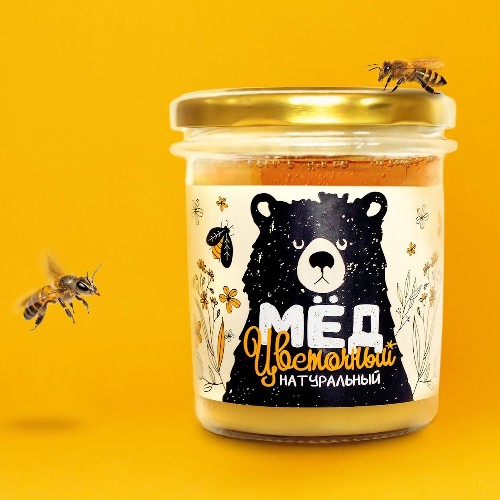
Source: packagingoftheworld.com/2020/07/flower-honey.html
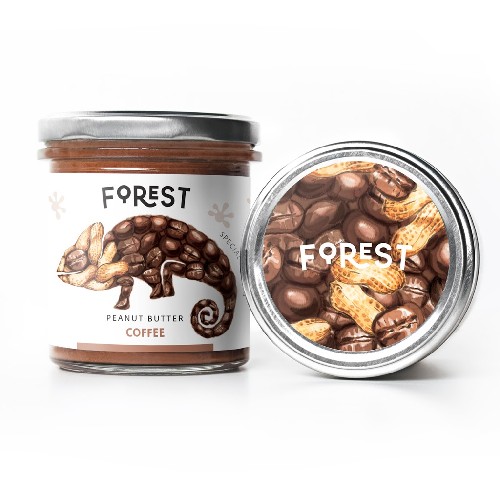
Source: pinterest.com
![]()
![]()
3. Plastic & Paper Bags Packaging
Another most important and typically used packaging material is bag packaging. The bag packaging is classified into a broader number of varieties, including plastic, paper, aluminium or foil, poly bags, etc.
The significant benefits of the bag are it ensures that the food product is well-preserved using the packaging until the time of sale. It also protects the products from oxygen, light, moisture, dust, odours, etc. It is also accessible to transported and space-efficient, making it the best form of packaging for takeaway and delivery of food items.
Food items like groceries, snacks, meals and other consumable products are the best examples of bags packaging.
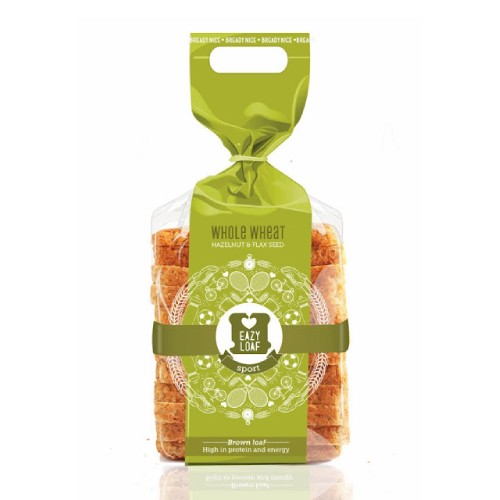
Source: pinterest.com
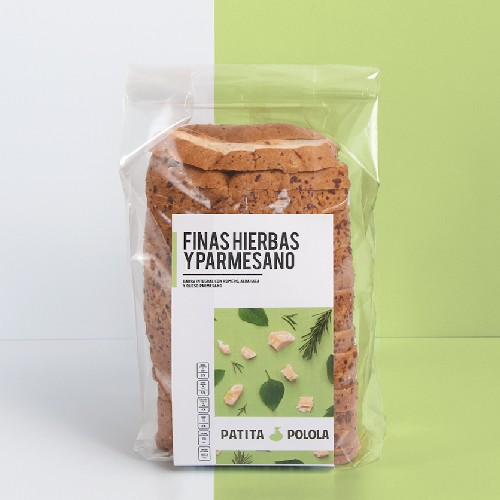
Source: packagingoftheworld.com/2018/06/la-patita-polola-wholemeal-bread.html
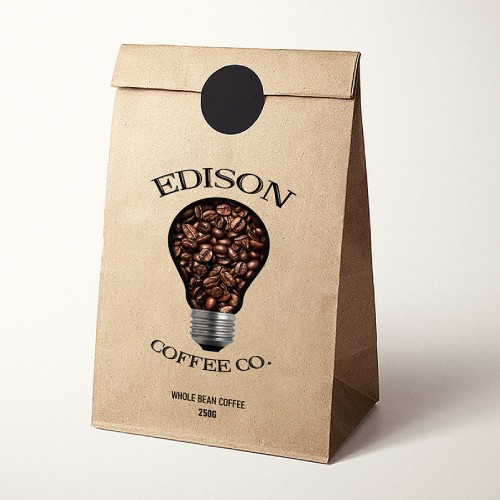
Source: behance.net/gallery/126938279/EDISON-COFFEE-CO-COFFEE-BAG?
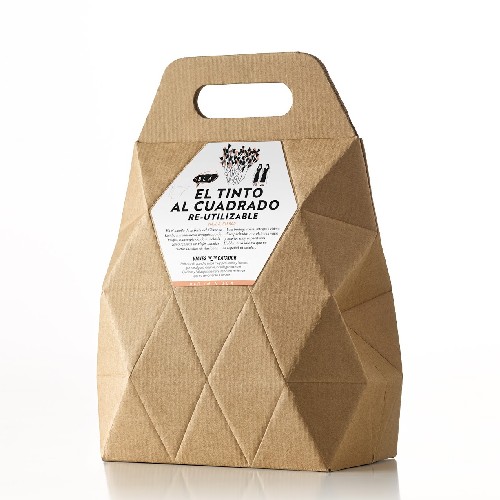
Source: packagingoftheworld.com/2016/02/bag-in-box-viajes-de-un-catador.html
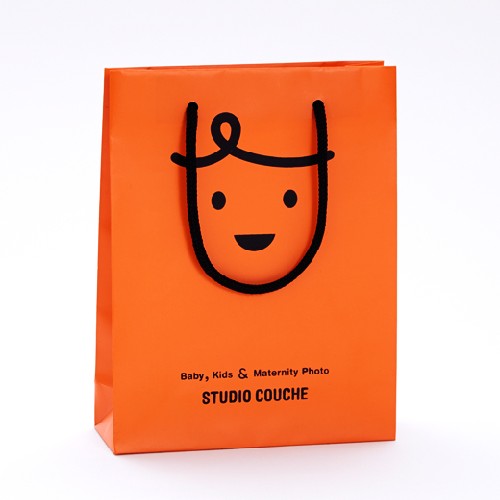
Source: behance.net/gallery/16694135/studio-couche?
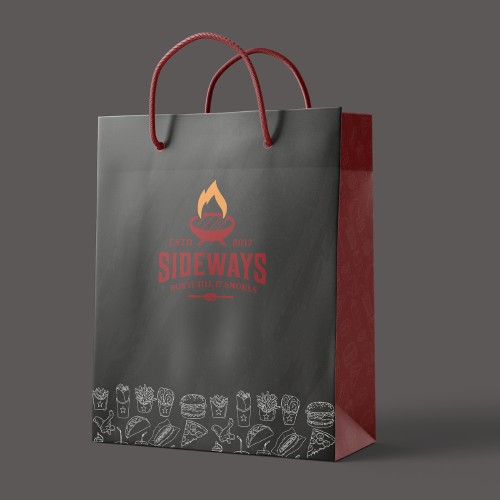
Source: behance.net/gallery/123420703/Shopping-Bag-Design?
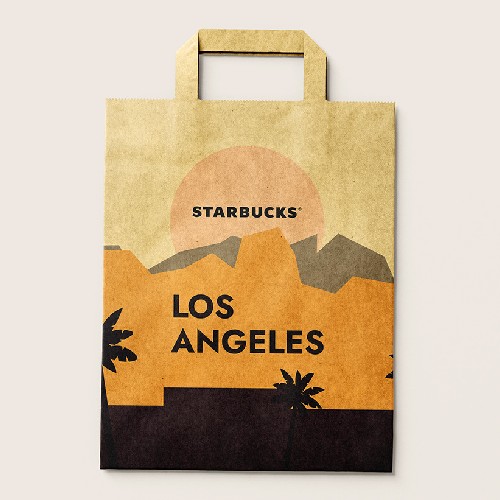
Source: behance.net/gallery/121384523/Starbucks-Paper-Bag-Design?
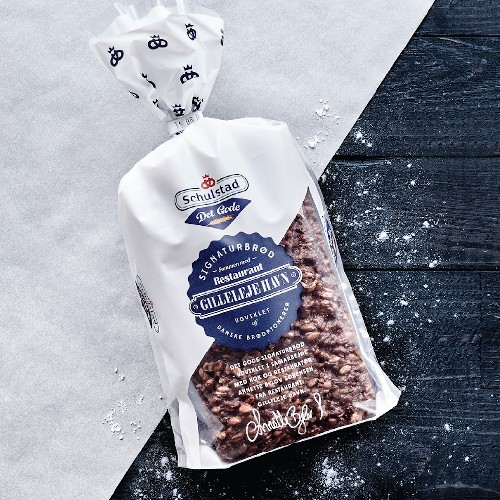
Source: packagingoftheworld.com/2018/10/schulstad.html
![]()
![]()
4. Can Packaging
Canning is a robust, intact method of food preservation if carried out properly. In such packaging, foods are usually sealed in the can and then heated to a temperature that destroys unfavorable microorganisms, health hazards, or other substances that roots the food to spoil. Thus, as long as the food is sealed, it is protected, and no other substance can get into the food.
However, canned foods are also one of the best nutritious options when fresh foods aren’t available. They provide vital nutrients and are magnificently convenient. Sweets, fresh meals, beverages, etc., are some of the best examples of can packaging.
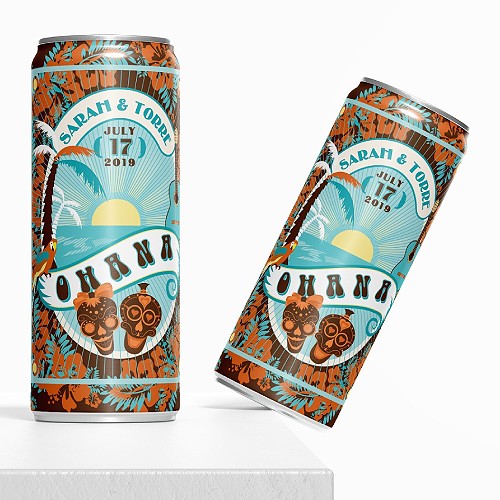
Source: packagingoftheworld.com/2021/06/ohana-beer.html

Source: packagingoftheworld.com/2021/05/tetleys-no4-premium-lager.html
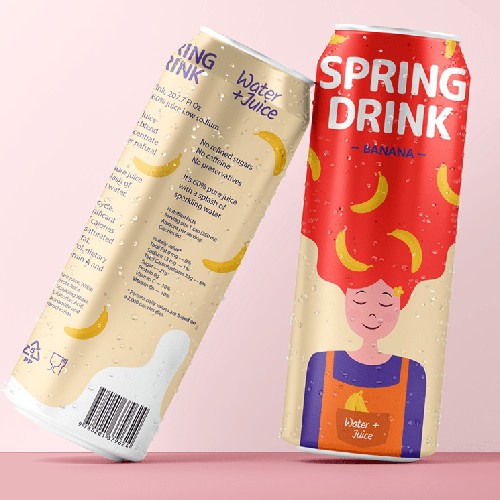
Source: pinterest.com

Source: packagingoftheworld.com/2021/06/blue-point-brewing-rastafarye-ale.html
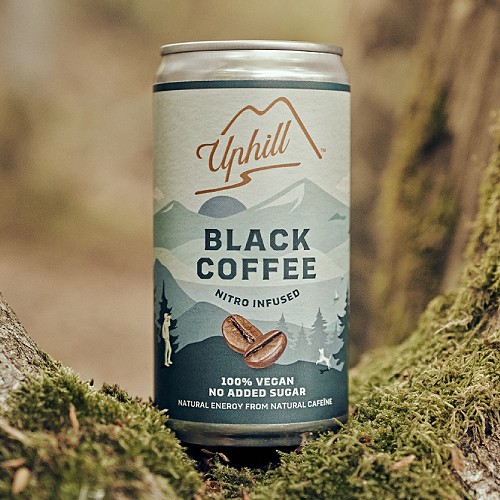
Source: packagingoftheworld.com/2021/08/uphill-cold-brew-coffee.html

Source: packagingoftheworld.com/2021/07/river-cottage-and-stroud-brewery-hop.html

Source: packagingoftheworld.com/2021/09/mac-jacks.html
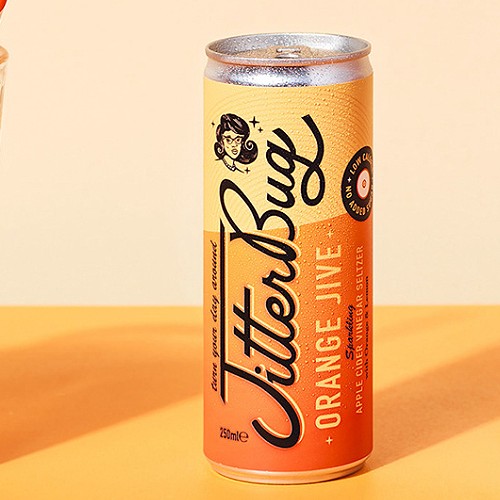
Source: behance.net/gallery/122121717/Jitterbug-All-natural-apple-cider-vinegar-seltzer?
![]()
![]()
5. Flexible Packaging
The increasing price of conditional and the material cost of food production has increased the requirement of resource efficiency. Flexible packaging enlarges food shelf-life by controlling the carbon dioxide, humid and oxygen penetration to hold on to the natural freshness of food products for a more outstretched period.
The advantage of flexible packaging is that it requires less energy to produce and transport, also generates more minor quantities of greenhouse gases on its production to market. The main ingredients used in flexible packaging are polymer films, Kraft paper, Aluminium foil, cellulose and other plastic films. The primary examples of flexible packaging include pouches, liners, bags, seals and sample packets.
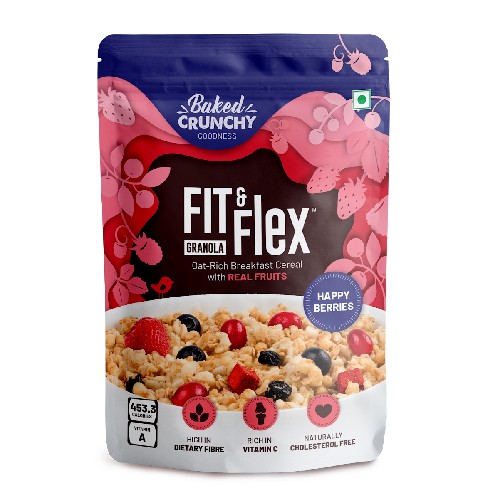
Source: packagingoftheworld.com/2020/08/fit-and-flex-granola.html
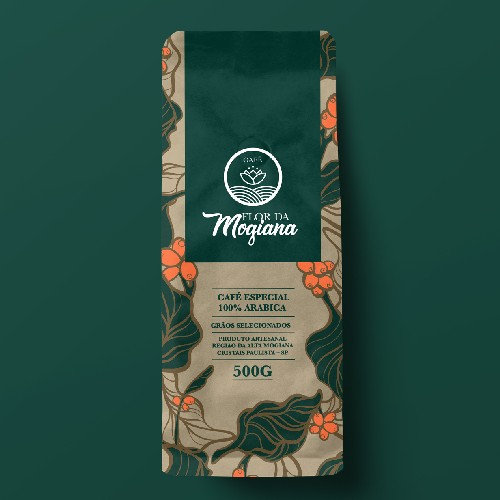
Source: packagingoftheworld.com/2021/05/cafe-flor-da-mogiana.html
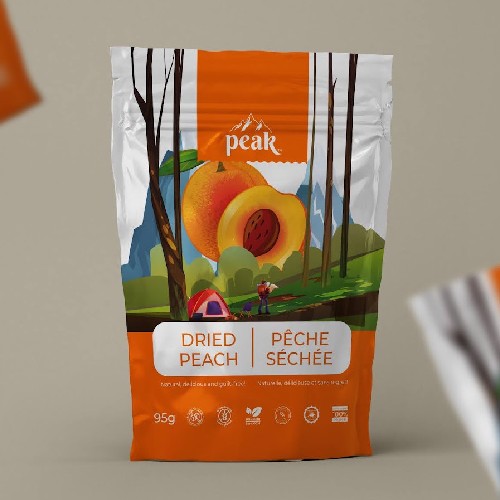
Source: packagingoftheworld.com/2021/09/peak-dried-fruit.html
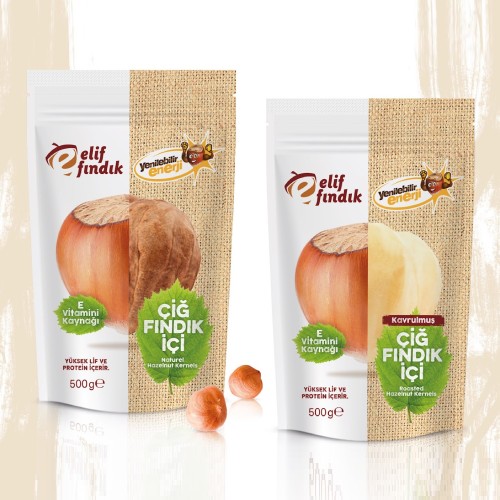
Source: packagingoftheworld.com/2021/09/fndk-ambalaj-tasarm.html
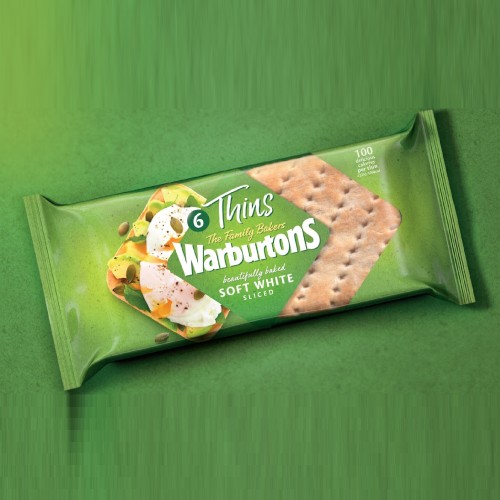
Source: packagingoftheworld.com/2018/02/warburtons-sandwich-thins.html
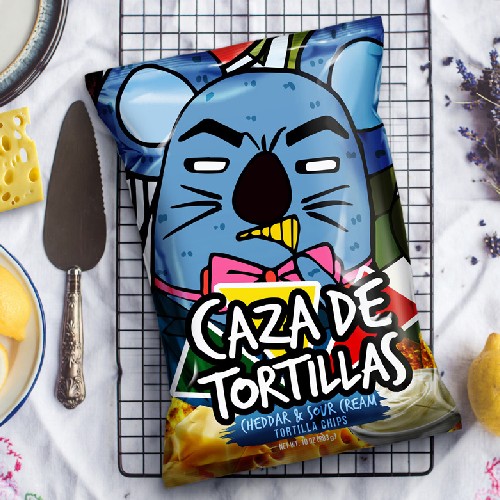
Source: packagingoftheworld.com/2017/03/caza-de-tortillas.html
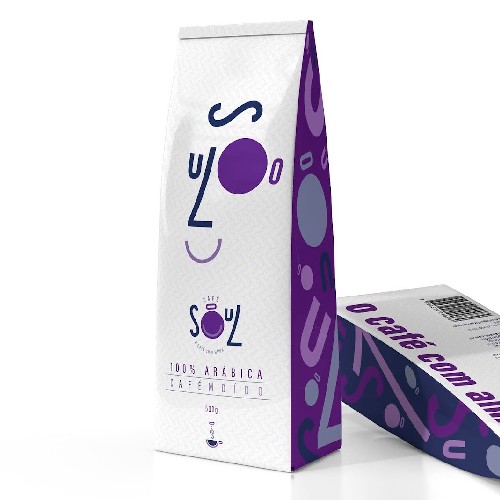
Source: packagingoftheworld.com/2021/08/cafe-soul.html
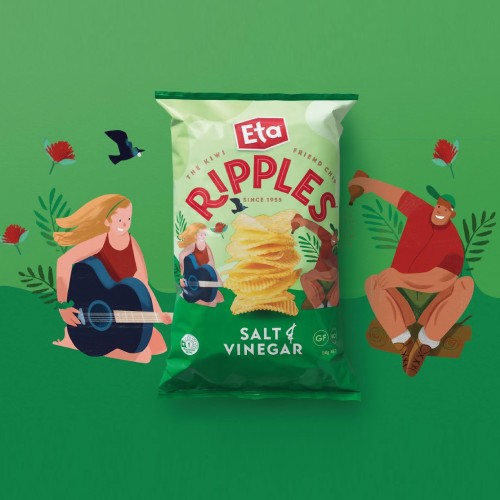
Source: packagingoftheworld.com/2021/08/eta-ripples-redesign.html
![]()
![]()
6. Sustainable Packaging
The wastage of food has become a solvent, and social problem also becomes a vital environmental issue. Its habitat impacts, such as blue water and high carbon footprint, are the typical signs led by food waste.
Sustainable food packaging has become not only an option but an essential. Regardless of the packaging material, it is vital to consider sustainability as a decisive factor in material selection from the present scenario.
The best examples of such packaging are single-serve pouches, washable fresh fruit packaging, Take-out packaging, and many more.

Source: packagingoftheworld.com/2021/09/orekhprom.html
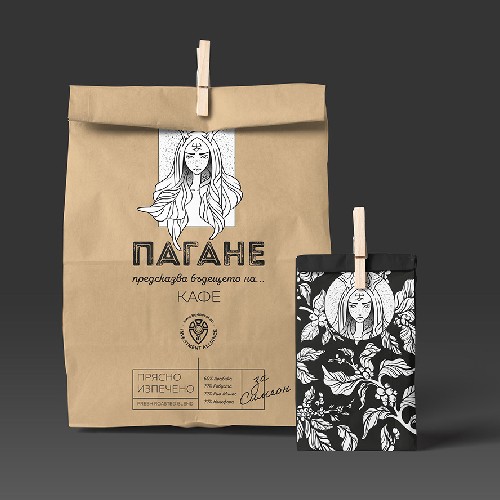
Source: pinterest.com
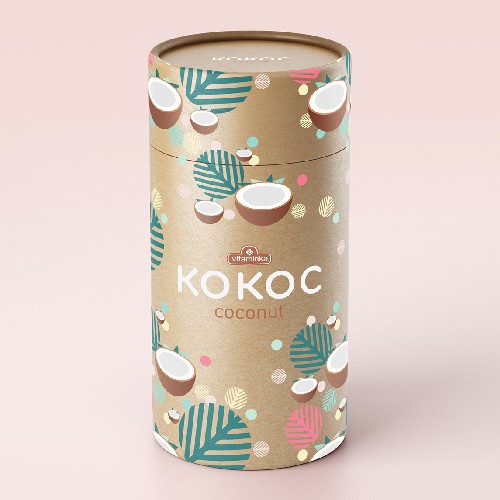
Source: packagingoftheworld.com/2020/09/kokoc-coconut.html
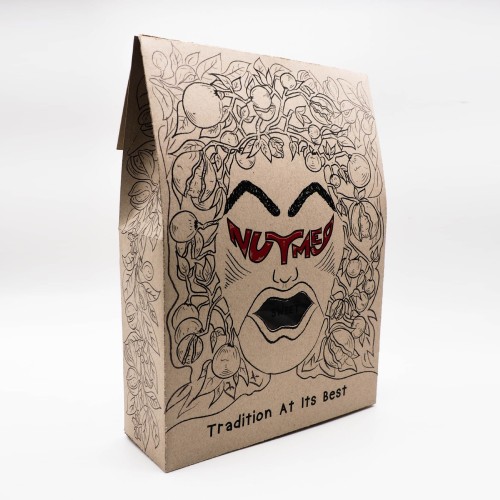
Source: packagingoftheworld.com/2019/01/cheong-kim-chuan-snacks.html
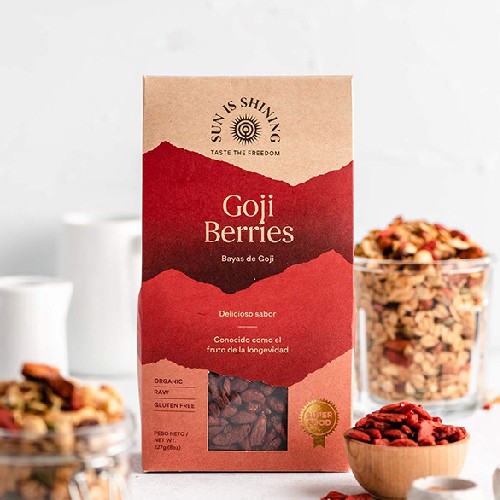
Source: behance.net/gallery/125128013/Sun-is-shining?
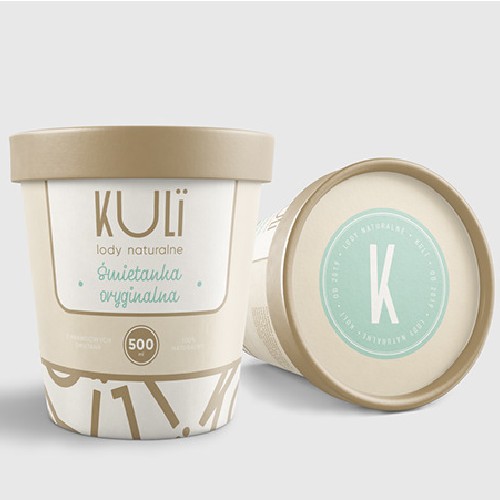
Source: behance.net/gallery/98643319/Kuli?
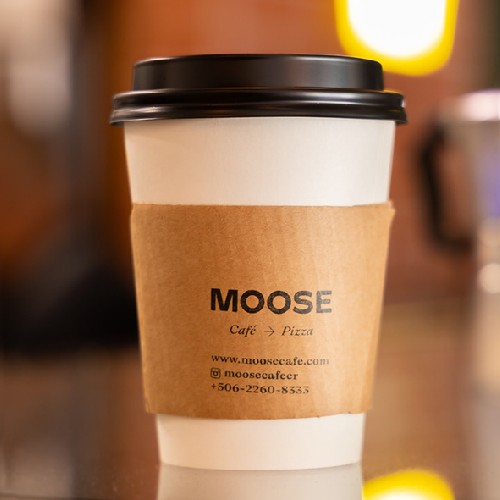
Source: behance.net/gallery/124693255/Moose?
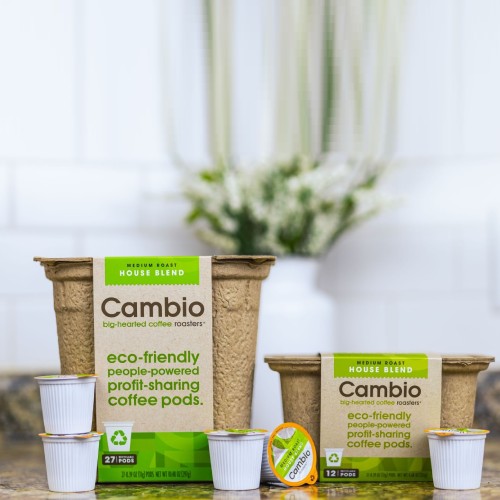
Source: packagingoftheworld.com/2021/03/cambio-roasters-k-cups.html
![]()
![]()
Food Safety Guidelines in Australia
Australia follows strict regulations and standards to ensure the best foods are delivered with proper hygiene at all levels. The Food Standards Australia and New Zealand developed the level of food called the Food Standard Code. The government regulates labelling that carries on package foods, including caution and advisory labels.
The food safety standards focus on the incidence of food poisoning illness. They put forward commitments to Australian food businesses to produce sheltered food to ensure health and hygiene obligations on food representatives.
The organizations like NGOs, Charity, community groups, interim events and home-based start-ups are exempted from some of the primary conditions in the food safety standards. Moreover, FSANZ has also generated separate guidelines or standards for food businesses in the primary production and garbling sectors.
![]()
![]()
Conclusion
Thus, we hope you get an exact idea of the different types of food packaging materials and how to decide the proper material to be used based on your products.
Designing food packaging is not like any other type of packaging. Because of food safety standards, indulging in the information required and deciding on the types of materials used, it is advisable to approach a specialized designing agency, especially in FMCG sectors.
We, DesignerPeople, have the experience of more than 18 years of in the FMCG industry; we have a dedicated team who are highly professionals in this industry and help you in each element of branding of your food products. Connect us, and our team will get in touch with you and guide you in achieving your goal.
![]()
![]()
Author: Megha Malik

As a passionate entrepreneur and creative brand consultant with experience of 14 years in digital, branding and packaging industry, it is my honest effort to put my experiences and knowledge of industry towards readers. A chartered accountant by degree but a marketing personality in blood has motivated her to take in designing industry as a career. With her fun-loving personality and sharp branding skills, she is a great motivational speaker on her YouTube channel, an active member in various business channels offline as well as online. Do connect me personally via my LinkedIn and I love to share my expertise with you.


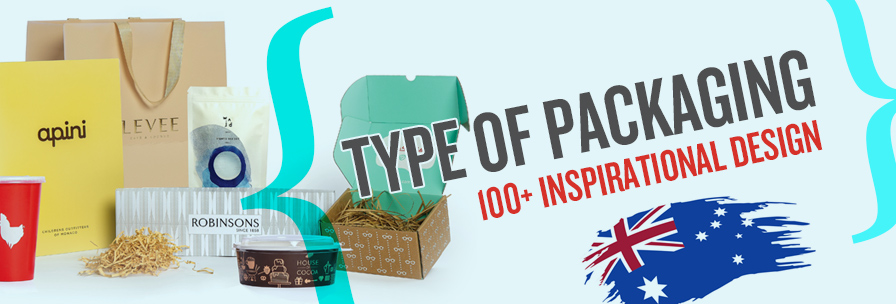
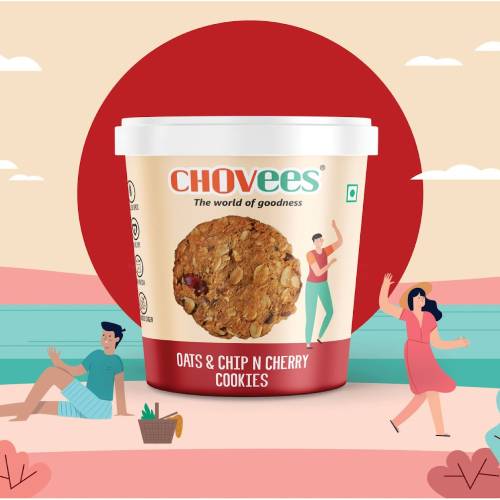

Leave a Reply